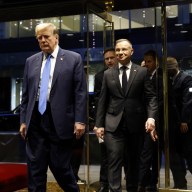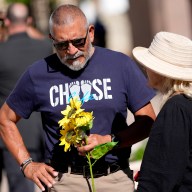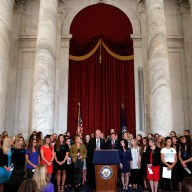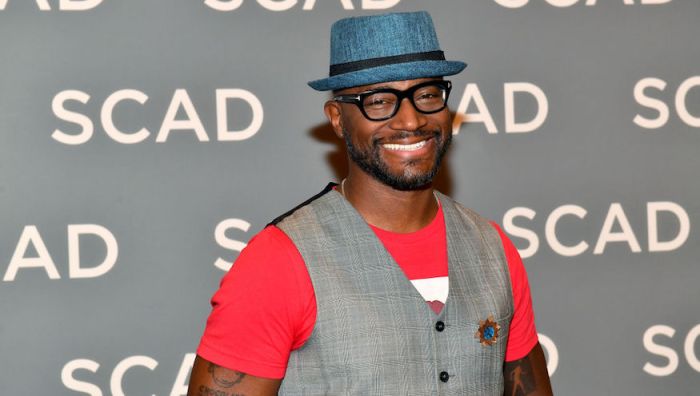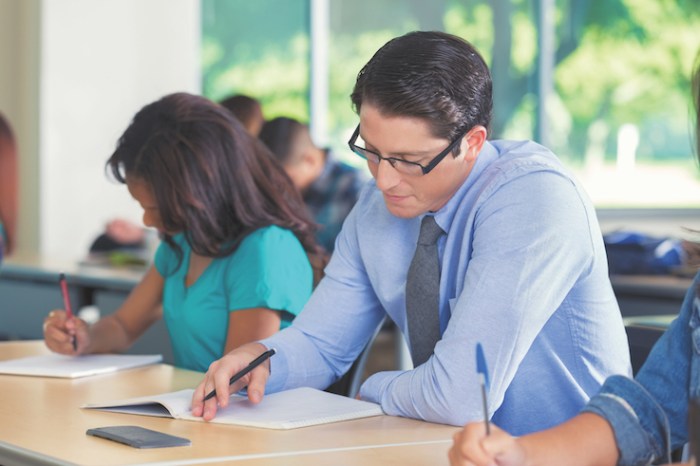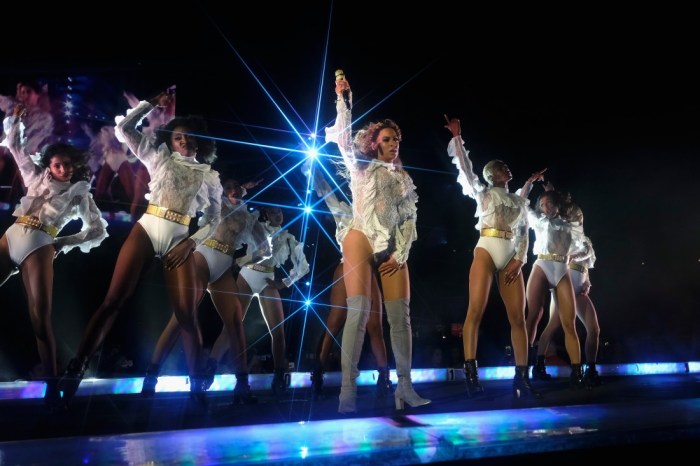There’s a lot of debate happening across the U.S. about the Middle East — particularly in the wake of terrorist attacks in Paris and Beirut and the current Syrian refugee situation. And as the arguments rage on, it’s clear there’s still so much Americans don’t understand about the Middle East — and vice versa. Bridges of Understanding wants to narrow that gap. The nonprofit organization, launched in 2007 by former Jordan ambassador Karim Kawar, is bringing American high school and middle school students together with their peers in the Arab World through video conferences and cross-cultural exchanges. RELATED: Tween girls launch an app to help their blind classmate “As regions, we’ve been a constant presence in each other’s lives but in this way that’s been purely rooted in war and unrest,” says Executive Director Faisal Al-Juburi. “But once these kids start reading about each other and having conversations, they’re, like, ‘You know, at the end of the day, we’re all going to school and trying to do right by ourselves and our friends and family — and we all listen to Taylor Swift.’ It starts to dispel a lot of myths about the quote-unquote other.” How it works: Bridges of Understanding pairs a classroom in the U.S. with one from the Arab World, from, say, Egypt or Palestine or Saudi Arabia. (There are 50 participating schools.)Each U.S. classroom is prepped ahead of time with a history of the Arab world 101 class, and vice versa, before embarking on different units culminating in an hour-long video conference, where the two classrooms will engage in such issues as media bias, human rights and global citizenship. A middle school program — launched this year in partnership with NextLesson.org — provides 11 lesson plans guiding students through the relationship between Arab and Western cultures, from the Middle Eastern folk tale on which “Romeo and Juliet” is based to the influence of Arabic music onto Western pop. RELATED: This 19-year-old is changing the way kids engage with science “We wanted to make the curriculum exciting and engaging,” says Al-Juburi. “We wanted to find how students can have that ‘a-ha’ moment where they realize that so much of what is viewed as the ‘other’ is actually already interwoven into our everyday American experience.” Al-Juburi says that many students go on to study international relations or global affairs once they finish the program and go to college. “They get intrigued about this whole concept of a world beyond the U.S. That’s a major priority for us in all our programming: how do we use the art of storytelling to humanize the ‘other’ so that construct ceases to exist.”
Bridges of Understanding links U.S. classrooms with those in the Middle East
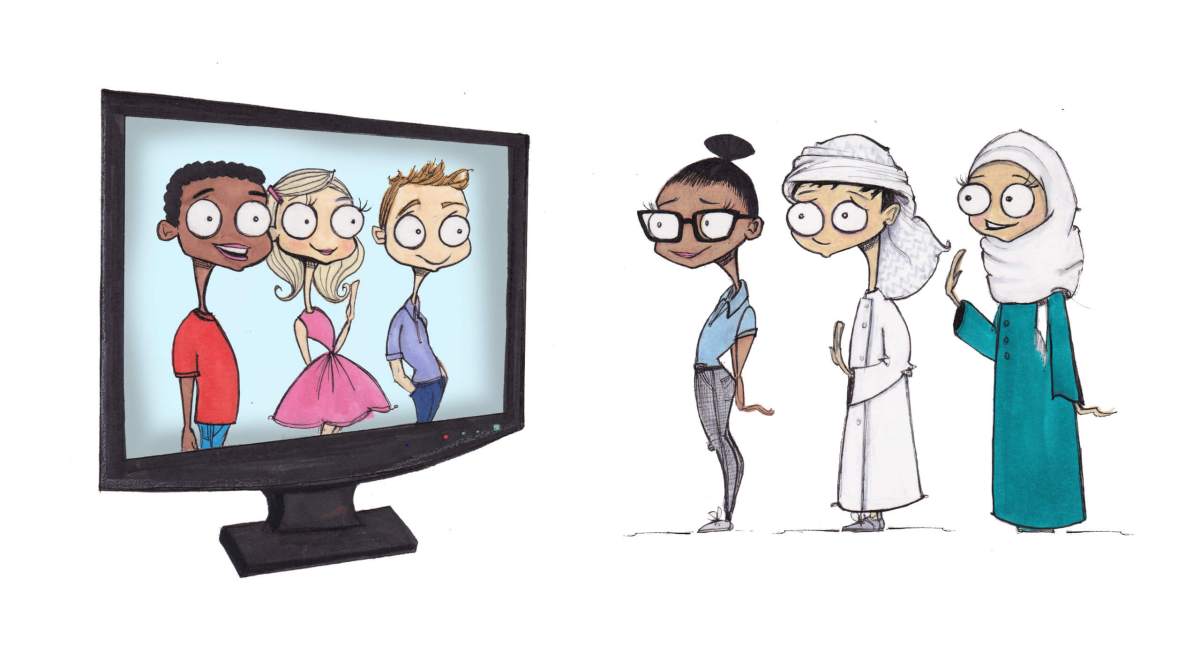
Provided





